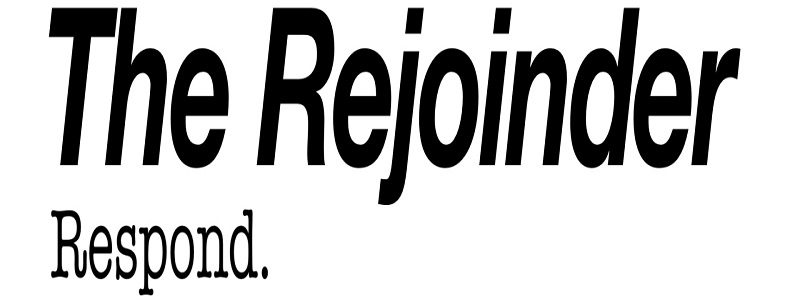
Respondent & Rejoinder: Research Paper Presentations with a Critical Component
A justly popular way to cap a research paper unit is to have students present their discoveries and their arguments to their peers. Some of our partner schools, though, have wanted to do more than offer students an opportunity to exercise and demonstrate their communication and presentation skills; so we have worked with them to incorporate a final critical component, modeled on an academic conference paper presentation, respondent comments, and rejoinder.
The Respondent and Rejoinder Activity complements and culminates the argumentation the students do in their extended research and writing project. Results so far have been salutary: students think harder when presenting, and use their research to engage in inquiry and argument that is social.
Overview
This activity is designed to add at the end a final component of critical thinking to an extended argument writing project. Students are paired, and like a respondent in an academic conference, they prepare and present a critique of their partner’s paper. And as with an academic conference, the writer presents a rejoinder, answering the critique of the respondent. The rejoinder can consist of refutation, concession, or some combination of the two. Whatever of the critique the writer concedes, he or she should go back to the paper and fix in a revision.
The Respondent & Rejoinder Activity has students engaging with their classmates’ writing by having them think critically about their arguments. Presentations help the entire class learn about the work and the thinking of their peers.
Method and Procedure
This activity should be conducted after students have completed an argument writing project, but before they have submitted their papers for grading.
(1)
Assign each student a partner. Pairs should be made intentionally rather than randomly, with attention paid to pairings that support peer learning. If students wrote argument essays about different topics or issues, pairings should generally happen across issues.
(2)
Students should exchange a copy of their argument essays. They should read their partner’s essay once, trying during the first reading to follow the arguments. They should identify the evidence, reasoning, and refutation in the essay.
(3)
Distribute a copy of the Respondent Critique Form to each student. Explain how to complete it. Review the five components of academic argument: summary, argumentative claims, evidence, refutation, and evaluation. Students will need to categorize the flaws that they find in their partner’s essay using these terms.

(4)
Students should read their partner’s essay a second time, with a focus on identifying the two strongest critical responses to the essay. Students should look for flaws or weaknesses that are separate and distinct from each other, if possible.
(5)
Students should complete their Respondent Critique Form. Circulate through the classroom during this work, monitoring and supporting students as the complete their critiques. Consider showcasing challenges and successes in student work samples, to assist the full class in their work.
(6)
When students have had adequate time to complete their critiques, have them return the argument essays to their partner, and have them give their critique to their partner to review. Students should prepare a rejoinder, which is an answer to a response or critique.
(7)
Conduct short presentations. The respondent should first summarize their partner’s position and argumentation. Then she should present her critique of the essay. This should take about 2.5 minutes. The writer should then make his rejoinder to each of the arguments made in the critique. The rejoinder can consist of refutation, concession, or some combination of the two. Whatever of the critique the writer concedes, he or she should go back to the paper and fix in a revision. The full respondent critique and rejoinder should take five minutes. Each student should present as respondent or writer (delivering the rejoinder) at least once.
(8)
Conclude the activity with analytic comments, identifying proficiencies to build on the students’ argumentation in their critiques and rejoinders, and several points of deficiency to work on improving. This activity can also be assessed using an ACE assessment rubric and form.


